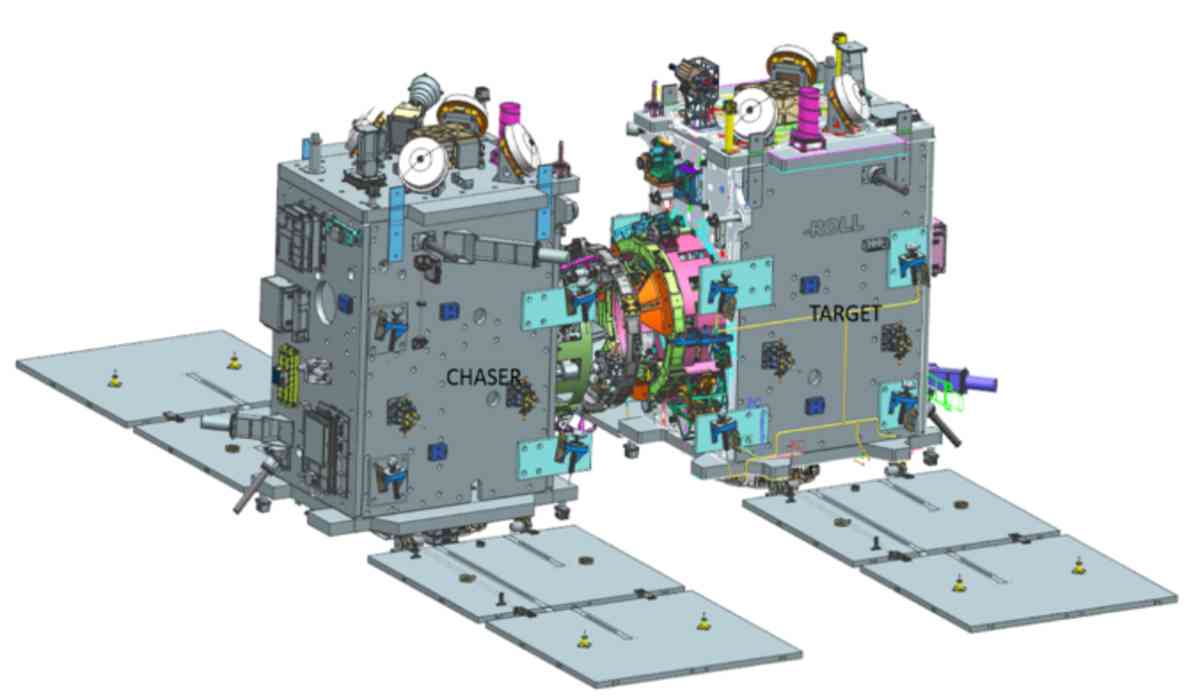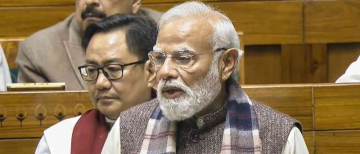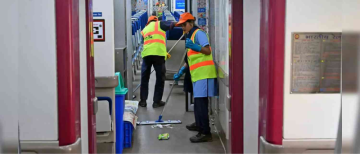Indian Space Research Organisation (ISRO) is launching SpaDeX (Space Docking Experiment) on December 30, 2024, marking a significant milestone in space exploration for India. The primary objective of this groundbreaking mission is to showcase the potential for autonomous docking between two spacecraft, which is a crucial advancement in advanced exploratory missions and human spaceflight. Through the implementation of this advanced technique, India will not only advance its space exploration interests but also create a path for peace.
Miission and Purpose of SpaDeX
Two 220 kg satellites, namely “Chaser” (SDX01) and “Target”(SDK2), are utilized in SpaDeX. The Polar Satellite Launch Vehicle (PSLV-C60) from the Satish Dhawan Space Centre in Sriharikota will launch these satellites at 10.00 pm. IST.
Press Information Bureau
Once in orbit, the Chaser will perform a sequence of maneuvers to independently rendezvous and dock with the Target. It is also of great significance to ISRO missions ahead, including the Gaganyaan human spaceflight program and the upcoming Bharatiye Antariksha Station.
Technological innovations include the Bhartiya Docking System
ISRO has developed an indigenous docking mechanism, the Bhartiya Docking System (BDS), which is a cornerstone of the SpaDeX mission. Based on NASA’s International Docking System Standard (IDSS), the BDS is a compact androgynous system that can be modified into modular spacecraft configurations. This design allows for easy assembly of various parts. In particular it uses an actuator with a dual motor that helps align the shaft more accurately and ensure optimum connection security during docking operations.
Launch and Docking: The Mission Phases
After launch, the PSLV-C60 will deploy the Chaser and Target satellites into orbits that are slightly different from Earth’s, resulting in an initial separation of 10–20 km. Afterwards, the Chaser will execute several drift arrest maneuvers to align with its orbit and achieve “far rendezvous” at 20 km. The separation will be gradually reduced to 5 km, 1.5 km and 500 m, 225 mm, 15 metre, 3 meter, and then 3 meters at the end of each successive approach phase, culminating in docking. For accurate positioning and direction correction, the Chaser will employ proximity sensors in its range, laser rangefinders in radars, and rendezvous cameras in focusing on targets.
Payloads and Experiments: Beyond Docking
There are also extra payloads on both satellite platforms for conducting post-doctoral scientific experiments. The Space Applications Centre’s (SAC) miniaturized high-resolution camera, known as the Chaser (SDX01), is capable of taking photos and videos. A Multi-Spectral Payload (MMX) and a radiation detector are integrated into the Target (SDX02), which is intended to monitor vegetation and natural resources, as well as provide necessary data for planning human spaceflight missions such as Gaganyaan.
The implications for Chandrayaan-4 and future missions
The triumph of SpaDeX should have far-reaching consequences for future endeavors, including India’s Chandrayaan-4 lunar sample–retiring mission. Launched modules can be assembled separately, and Chandraaan-4 requires in-orbit docking capabilities. A. By utilizing SpaDeX, ISRO can enhance its space exploration capabilities by improving its autonomous docking proficiency and executing complex mission profiles. This will be an invaluable asset to the organization.
Indian Space Capabilities Rise: A Leap Forward for India
The SpaDeX mission carried out by ISRO before 2024 not only demonstrates India’s increasing expertise in space technology but also sets the stage for more ambitious endeavors. The country’s progress in human spaceflight and deep space exploration is marked by the demonstration and development of autonomous docking technology. This represents a significant step forward for the nation. With its successful launch of SpaDeX, India’s commitment to innovation and independence in space technology will undoubtedly contribute significantly to its position in the global arena.
Author’s Bio
Writing specialization in crafting engaging and informative articles. With a flair for storytelling and a keen eye for detail, deliver impactful content that captivates audiences.






















